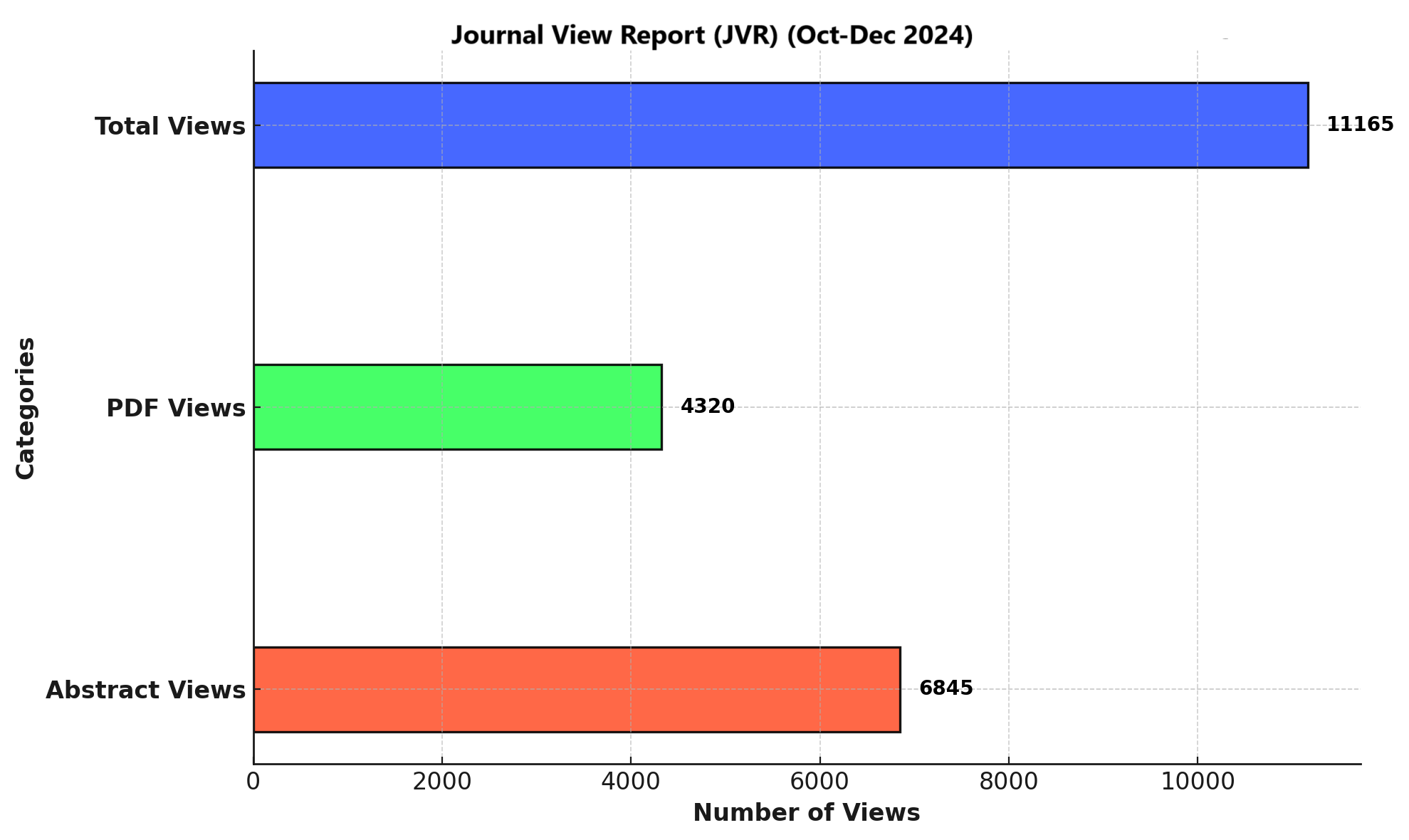TELE-DENTISTRY IN RURAL AND UNDERSERVED POPULATIONS: A SYSTEMATIC REVIEW OF ACCESS AND TREATMENT OUTCOMES-A SYSTEMATIC REVIEW
DOI:
https://doi.org/10.71000/kaq7h545Keywords:
TELE-DENTISTRY, Rural Health, Underserved Populations, Oral Health Access, Systematic Review, Digital HealthAbstract
Background Tele-dentistry has emerged as a promising solution to address oral health disparities in rural and underserved populations, where access to dental care remains limited due to geographic, economic, and workforce barriers. Despite growing interest in digital health platforms, the effectiveness and clinical utility of tele-dentistry in these settings remain inadequately synthesized in the literature.
Objective This systematic review aims to evaluate the impact of tele-dentistry on access to care and treatment outcomes in rural and underserved populations compared to traditional in-person dental services.
Methods A systematic review was conducted following PRISMA guidelines. Databases searched included PubMed, Scopus, Web of Science, and Cochrane Library from 2018 to 2024. Keywords combined using Boolean operators included "tele-dentistry," "rural," "underserved," "oral health," and "dental outcomes." Eligible studies included randomized controlled trials, cohort studies, and cross-sectional designs that assessed tele-dentistry in rural or underserved populations. Two reviewers independently screened studies, extracted data using a standardized form, and assessed risk of bias using the Cochrane Risk of Bias Tool and Newcastle-Ottawa Scale.
Results Eight studies involving diverse populations across Australia, the United States, and India were included. Findings demonstrated that tele-dentistry significantly improved access to care, with high patient satisfaction and diagnostic accuracy comparable to traditional consultations (p < 0.05). However, variability in technology use and study design limited quantitative synthesis.
Conclusion Tele-dentistry appears to be a clinically effective and accessible alternative for delivering dental care in underserved settings. While evidence supports its integration into routine practice, further large-scale, standardized studies are needed to evaluate long-term outcomes and implementation challenges.
Downloads
Published
Issue
Section
License
Copyright (c) 2025 Nighat Khan, Abdullah Saleem, Anum Javed, Aleeza Sana, Uzma Bibi, Atiqa Bashir, Sadaf Akram, Misbah (Author)

This work is licensed under a Creative Commons Attribution-NonCommercial-NoDerivatives 4.0 International License.







